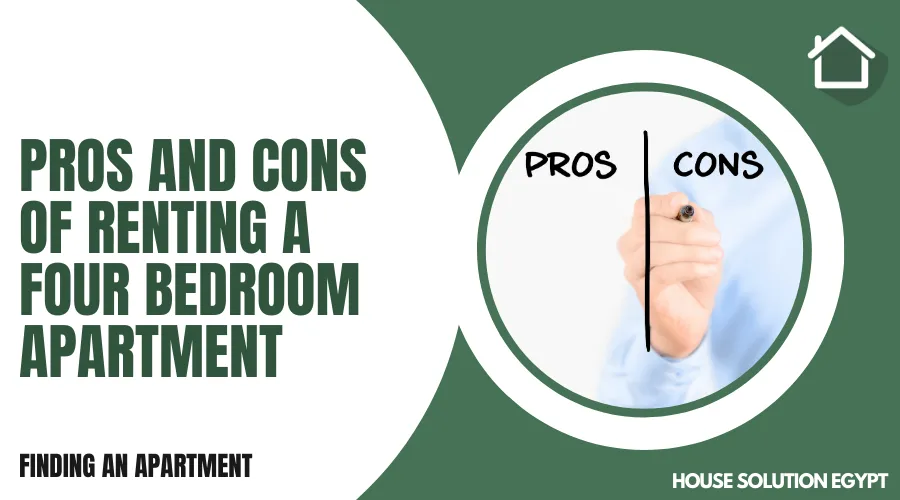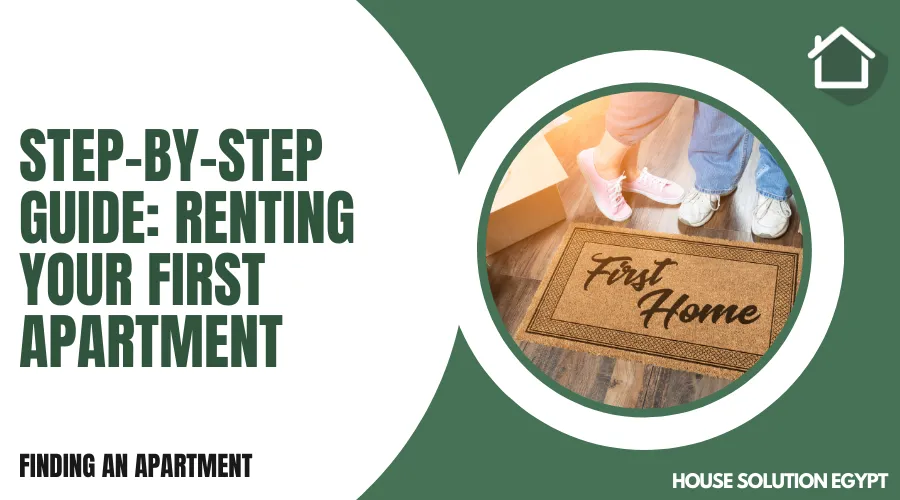HOW TO CALCULATE THE RIGHT APARTMENT SIZE
Finding an Apartment|6.5 MIN READ|Updated on: 24 December 2024|Written by: Marwa Samir
Apartment Size Basics
When it comes to choosing the right apartment size, there are several things one should keep in mind. First and foremost, you need to think about how much space you really need. If you're living on your own or with a partner, then a studio or one-bedroom apartment might be more than enough. However, if you have a family or plan on having guests over frequently, then a larger unit might be necessary.
Another factor to consider is your lifestyle. Are you someone who enjoys entertaining at home? Do you have hobbies that require extra room for the equipment? If so, then an apartment with additional space would be ideal. On the other hand, if you're someone who prefers minimalism and spends most of their time outside of the home, then a smaller unit may suit your needs better.
It's important to remember that bigger doesn't always mean better when it comes to apartments. A larger unit may come with higher rent costs and utility bills which could put a strain on your finances in the long run. By taking these factors into account along with your budget and location preferences, you'll be able to find an apartment size that works for you without compromising on comfort or convenience.
Step 1: Identifying Needs
The first step in calculating the right apartment size is identifying your needs. Consider how many people will be living in the space, what their daily routines are like, and any specific requirements or preferences they may have. For example, if you have a large family with young children, you may need more bedrooms and a larger living area to accommodate everyone comfortably. On the other hand, if you're a single person who works from home, you may prioritize having a quiet workspace over extra bedrooms.
It's also important to think about your lifestyle and what amenities or features are essential for your daily routine. Do you need access to public transportation or parking? Are there certain appliances or storage solutions that are non-negotiable? By identifying these needs upfront, you can narrow down your search and avoid wasting time on apartments that won't work for you.
Don't forget to factor in budgetary considerations when identifying your needs. While it's important to find an apartment that meets all of your requirements, it's equally crucial to stay within your means financially. Make sure to set realistic expectations from the start so that you can find an apartment that is both comfortable and affordable for your family's unique situation.
Step 2: Calculating Square Footage
Calculating the square footage of an apartment is crucial in determining the right living space for you. To get started, measure the length and width of each room with a tape measure, making sure to record measurements in feet. Multiply those numbers together to get the square footage of each room. Be sure to add up all the square footage of each room to determine your total living space.
It's important to note that not all areas are included when calculating square footage. For example, closets and hallways are typically not counted as part of your living space. Additionally, if you have rooms with sloped ceilings or other irregular shapes, it may be more difficult to calculate their exact square footage.
Keep in mind that while square footage is an important factor when choosing an apartment size, it's not the only consideration. You'll also want to think about your lifestyle needs and any specific requirements you may have such as storage space or a home office area. By taking these factors into account along with your calculated square footage, you can make a well-informed decision about what apartment size will work best for you.
Step 3: Understanding Room Distribution
Understanding room distribution is crucial in calculating the right apartment size. It involves figuring out how many bedrooms, bathrooms, and common areas are necessary to fit your lifestyle. A good rule of thumb is to allow at least 70 square feet per person for a bedroom and 35-40 square feet for a bathroom.
The number of bedrooms needed depends on the number of people who will live in the apartment and their preferences. Single occupants may only need one bedroom while families require more. The allocation also depends on whether you plan on having guests stay over or using an extra room as an office.
Bathroom distribution should also be considered carefully since it can affect daily routines. For example, if you have children who need to get ready for school at the same time every day, having two bathrooms can be beneficial. Alternatively, if you're living alone or with a partner, one bathroom might suffice.
Common areas like living rooms, dining rooms, and kitchens should also be factored into the equation when understanding room distribution. These spaces' sizes depend on personal preference but must accommodate all occupants comfortably without feeling cramped or too spacious.
Step 4: Room-by-Room Analysis
Once you've determined the right size for your apartment, it's time to move on to a room-by-room analysis. This step is important as it will help you understand how much space each room needs and what type of furniture can fit in without making the area look cramped or cluttered.
Start by analyzing the living room, which is often the largest space in an apartment. Measure the dimensions of this room and take note of any doors or windows that could impact the placement of furniture. Consider your lifestyle when determining what furniture will work best – do you entertain frequently or spend most of your time lounging on the couch? These factors will help guide your decision-making process.
Next, move on to other rooms such as bedrooms, bathrooms, and kitchens. Take note of any built-in storage options such as closets or cabinets and consider if additional storage units may be needed. In smaller apartments, multi-functional furniture pieces like a Murphy bed can save precious floor space while still providing a comfortable sleeping arrangement. By analyzing each room individually, you'll have a better understanding of how to make every inch count in your new apartment.
Step 5: Prioritizing Amenities
Once you've figured out the size of your apartment, it's time to prioritize which amenities are most important to you. This step requires some thinking about your lifestyle and what you consider to be necessities versus luxuries.
For example, if you're someone who enjoys cooking and spends a lot of time in the kitchen, having a large kitchen with high-end appliances might be a top priority for you. On the other hand, if you don't cook much and prefer to eat out or order in, having a smaller kitchen may not be an issue.
Other amenities that could be considered include things like laundry facilities, parking options (if needed), outdoor space such as a balcony or patio, proximity to public transportation or highways for commuting purposes, and even things like gym or pool access within the building. Prioritizing these amenities helps ensure that you're getting an apartment that fits both your needs and wants without breaking the bank.
Ultimately, determining which amenities are non-negotiable and which ones can be sacrificed is crucial when making decisions about where to live. By prioritizing based on your lifestyle preferences and budget constraints, finding the perfect living space becomes more attainable.
Conclusion: Selecting the Right Apartment
In conclusion, selecting the right apartment is a crucial decision that can significantly impact your daily life. Once you have determined the proper size for your living space, it's time to consider other factors such as location, rent affordability, and amenities. These elements play an essential role in choosing an apartment that meets your needs.
Location is one of the most critical factors when selecting an apartment. Consider how far away it is from work or school and whether it's situated in a safe neighborhood. Additionally, assess its proximity to public transportation and essential amenities like grocery stores, pharmacies, and hospitals.
Apart from location, rent affordability should be on top of your list too. Before signing any lease agreement, ensure that you can afford the monthly rent without putting a strain on your finances or falling into debt. Lastly, make sure to check out what amenities are available—on-site laundry facilities or storage spaces—to weigh up what you value most in terms of lifestyle preferences versus cost implications.






